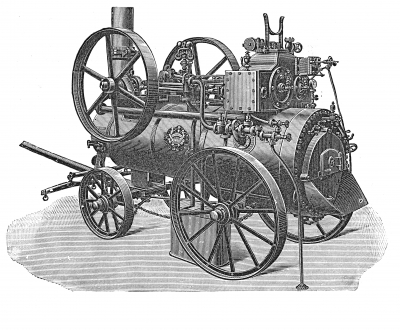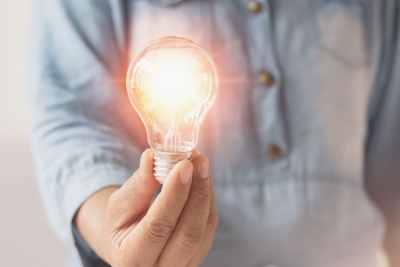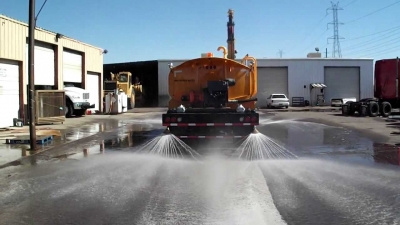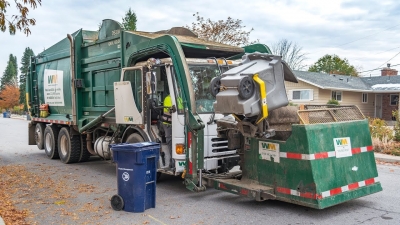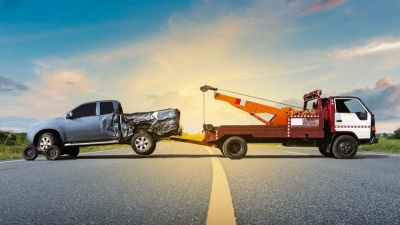
A tow truck (also called a wrecker, a breakdown truck, recovery vehicle or a breakdown lorry) is a truck used to move disabled, improperly parked, impounded, or otherwise indisposed motor vehicles. This may involve recovering a vehicle damaged in an accident, returning one to a drivable surface in a mishap or inclement weather, or towing or transporting one via flatbed to a repair shop or other location.
Tow trucks are vehicles specially designed to take other cars or vehicles and bring them to another location. They are usually operated by private businesses or emergency services, depending on their intended use. Tow trucks can be used in accident recovery or vehicle repossession. Oversized tow trucks are typically used to haul several cars for transport or move even bigger vehicles such as aircraft and fire trucks.A tow truck works depending on the style of truck and their purpose. For emergency services, a tow truck could either be a flat-bed, wheel-lift, or a hook-and-chain truck.
The flatbed trucks are as the name implies: they are equipped with a large, flat surface on the back. Flat bed tow trucks have a pulley system that attaches underneath the front or back of the car. The bed would be angled down to form what looks like a ramp. As the tow truck driver actuates the pulley, the car is drawn onto the flat bed. The driver levels the bed out and secures the vehicle by the wheels onto the truck.
For the hook-and-chain tow truck, a boom is attached to the back of the tower’s vehicle. A chain with a hook at the end hangs from the boom. The tower can adjust the boom and the chain as needed. The chains and/or hook would be attached to the vehicle’s axle. The boom would lift the vehicle up and place the front wheels onto a rubberized area on the back of the truck, while the back wheels are free on the road.
Wheel-lift trucks are often used in repossessions because of their compactness and have less ability to damage a car. Wheel-lift tow trucks have a deployable attachment called a yoke on the back that touches only the wheels of the towed car. When activated, the yoke can be positioned under the front or rear wheels. The truck lifts the front or back of the car off the ground.
Picture Credit : Google


